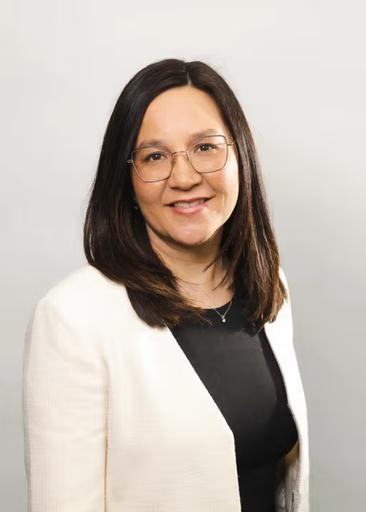March 8, 2019
Methods of Remediation of Contaminated Water and Excess Nutrients

2017-2018 Annual Report Highlight
Research at Olds College has determined at least three native wetland plants in Alberta—sedges, cattails and bulrushes—are “working very well” removing contaminants and excess nutrients from the water. “There’s no data that indicates what plants, what kind of contaminants or nutrients each plant takes up and how much the plants can take up at a time,” says Ruth Elvestad, research technician at Olds College Centre for Innovation.
That’s why AREF supported furthering the research with a project called: Use of Native Wetland Plants and Cold Climate Floating Island Systems for the Remediation of Contaminated Water and Water with Excess Nutrients. The project will test several more native wetland plants to help landowners understand the value of wetlands on their property and how different plants can clean up different contaminants.
“We would say let’s test the water that has algae or other contaminants,” says Elvestad. “Then we should be able to say ‘This is what you’ve got going on in your pond so you need plant X, Y or Z and this is how many you need of each in order to assist in cleaning your water so it can be recycled and used in agriculture, irrigation, and other applicable industries.’”
Read the Alberta Real Estate Foundation’s full 2017-2018 Annual Report.
Similar News


